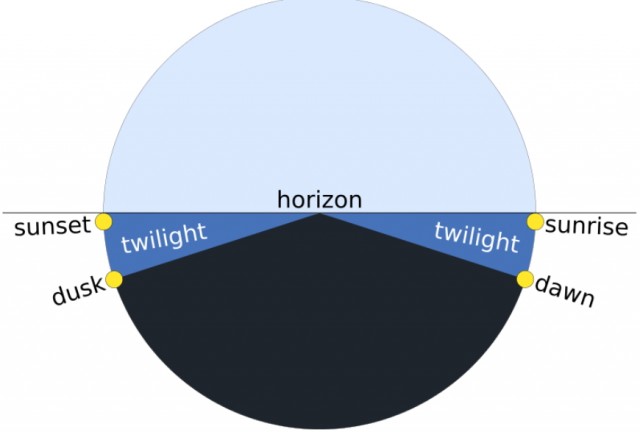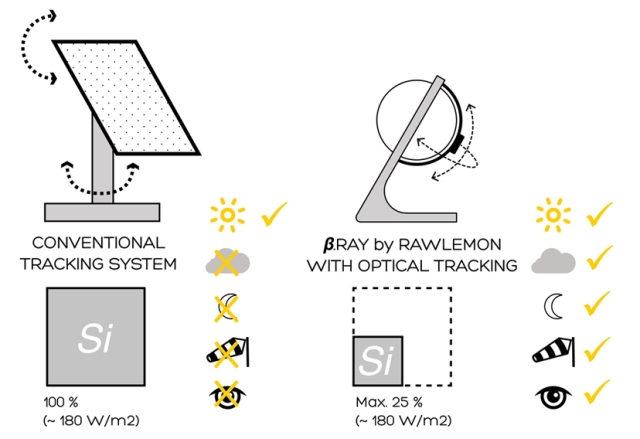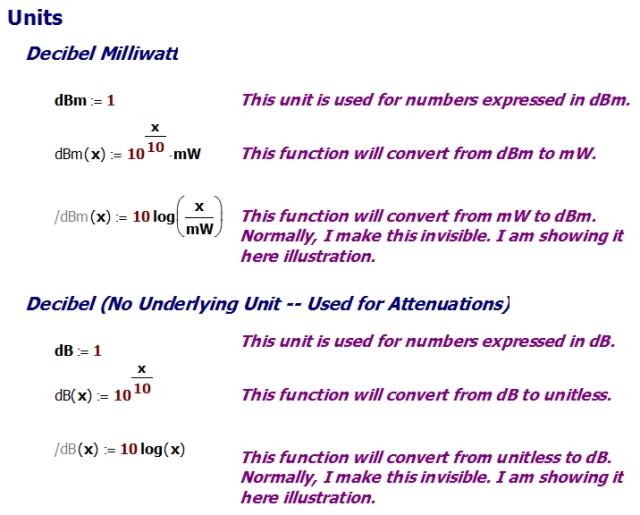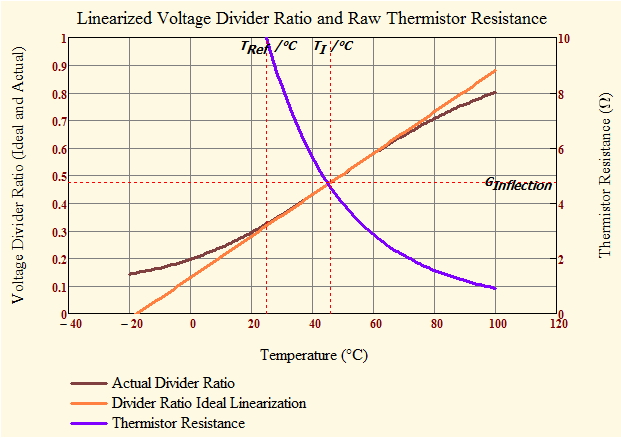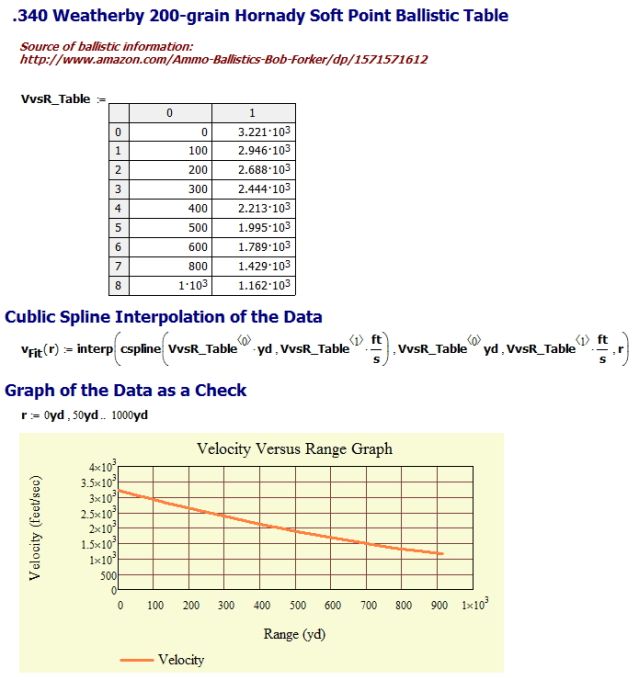Quote of the Day
Censorship reflects a society's lack of confidence in itself.
- Potter Stewart
Introduction
I frequently talk to young engineers who have just completed university. I am always curious as to what they studied in school. I sometimes wonder how much of their education time will end up having been wasted. I completely understand that each school has a set curriculum that they must follow in order to make sure that all of their students are receiving a well-rounded education. It is their job to do this. And don't get me wrong, they do it well, especially if you have found that you rank high on the school league tables for the type of educational establishment that you run due to grades and other findings. It's great, and it's definitely an achievement worth celebrating.
While there are many students who value school and think that it is the best years of their life because of what they have learned, you'd be surprised to know that there are others who feel that their school life has been wasted. I'm yet to clarify just how much of this time they are talking about. I ask that question because so much of my education time was spent on things that ended up being of no use or just plain wrong -- particularly in junior high and high school.
Let me give you a few examples. The list is far from complete, but you will get my point.
Grade School Wastes of Time
- Cursive Writing
I have never cursively written more than my signature in my entire life. - Every class emphasized that the US needs to win the Vietnam War.
The Vietnam War was equated with making the world safe for democracy. This was beat on very hard in 5th and 6th grade. Lots of discussion about dominoes, but they never told us what a domino was. I had to ask my father, who played dominoes when he was in the US Army. You could tell that the Tet Offensive in 1968 put doubt into many people's minds. - Lots of discussions on communism versus capitalism.
This discussion is probably left to history classes today. - Characteristics of fallout
My staff and I have been sharing stories of all the stuff they taught us about fallout. Things like:- Don't drink milk because it might contain strontium-90 (I still remember this isotope).
- You can wash most of the fallout off, just make sure you don't breath it in.
- Half-life ... this is where I learned about half-life.
- How to build a fallout shelter.
A government representative handed me a green and white pamphlet that showed how my family could build different kinds of fallout shelters, which I read very carefully. After I completed studying the pamphlet, I told my father that building a shelter was going to be a lot of work and we should start on it right away. My father said don't worry about it -- we lived near Minneapolis (a major population center) and had no hope of surviving a nuclear attack. His answer bothered me, but he was right. - A huge amount of time spent on the evils of marijuana.
The training emphasized marijuana as a gateway drug that led right to heroin. I used to live in Colorado -- they have now legalized marijuana. - Endless hours in religious education.
None of it worked on me. As my mother says, I am hopeless. In an effort to give me a bit more religious focus, we tried one year in Catholic school. That is the year my mother and I agree not to discuss anymore.
Junior High School Wastes of Time
I went to a school that focused on vocational training. Most of this training was obsolete by the time I left university.
- Logarithm and trig function tables (including linear and quadratic interpolation)
I have never used these tables for a real problem. - Hand drafting
In real life, I have only done CAD. - Offset Printing
Anybody done any offset printing lately? - Learning the California Job Case
We had to memorize the placement of steel type in a wood chest. Anybody set any type lately? - Film development
I don't think I need to say any more. - Using typewriters and mimeograph machines
I haven't used any of these outside of school either. - Anti-smoking education
I watched cigarettes kill my father -- I never once considered smoking. - How to work with video tape and film strips.
Pretty much dead technologies. - Social Studies classes telling us that we were winning the Vietnam War
Our school pushed the importance of going into the military pretty hard. They even had a colonel and sergeant come into our one of our history classes to tell us that the Vietnam War was really going very well and draft dodgers should just stay in Canada. They implied the media was lying to us.
High School Wastes of Time
As with my junior high school, my high school had a strong focus on vocational education.
- Taking a deviant social behavior class
If I told you what was considered a deviant social behavior in the early 1970s in rural Minnesota, you wouldn't believe it – or maybe you would. Today, everything we discussed in this class is now a lifestyle option. - Punch cards
- All my interactions with career counselors.
They kept giving me tests that told them I needed to become a carpenter, a field which I never wanted to do for a living. I wanted to become an engineer, but none of the counselors knew what an engineer was and they were no help in guiding me toward an engineering career. - Learning how to rebuild carburetors.
I have not seen a carburetor in a long time. - My social studies classes that emphasized that we can now see the light at the end of the Vietnam War tunnel.
I guess they were right about the war ending soon, just not the way they thought it would. This particular installment of my Vietnam War indoctrination ended with the warning that we needed to register for the draft. I ended up being too young to go. However, I did get a draft card.
University Wastes of Time
My university training was actually pretty focused and there were relatively few wastes of time. Since I was training to be an engineer, the items are all technological.
- Training on the slide rule
I still have my old slide rule -- I couldn't tell you how to use it. I had several professors tell me not to use those newly introduced calculators because you lose your feel for numbers. Today, I NEVER manually do any arithmetic. It would be embarrassing for people to see how bad I am at manual arithmetic. I do not worry about it. - Booting my computer with paper tape.
Ahh ... the old PDP-8 ... memories ... - Using Teledeltos paper
- Using rubylith
- How to use a nomograph.
I actually think nomographs are interesting, but they have been of no use in my daily work. - Learning about magnetic bubble memory.
- Learning about NMOS IC design.
CMOS replaced it right after I learned how to design chips with NMOS. - Learning about MSI TTL design.
I moved from custom chips to ASICs to FPGAs. I was not really a medium-scale integration person.
A Story of Wrong Choices
We all have to make education choices and those choices often do not look wise when viewed from a later date. I was taking a training course (in transputers -- another dead technology) at the University of Rochester. While there, I had lunch with a physics professor who had education stories similar to mine. Here is one of his tales.
I had just completed my undergraduate degree and I needed to find a physics professor with a research program that was going to get me into a high-paying startup company. The first professor I interviewed was working on something called "liquid crystals" and he said that someday that technology would be used to make cheap, low-power displays. I thought he was nuts, so I moved on. [Today, liquid crystal displays are a multi-billion dollar market]
I interviewed another professor who was doing work on making semiconductor lasers. I couldn't see where there would be any market for this technology. I thought he was nuts. [Today, semiconductor lasers are used everything from DVD players to high-speed fiber optic communications]
I then interviewed a professor who was working on magnetic bubble memory. Now there was a technology that was going to go places. [Today, bubble memory is considered a historical oddity -- it went nowhere]
Like any investment, education has its risks -- sometimes it pays and sometimes it doesn't.

